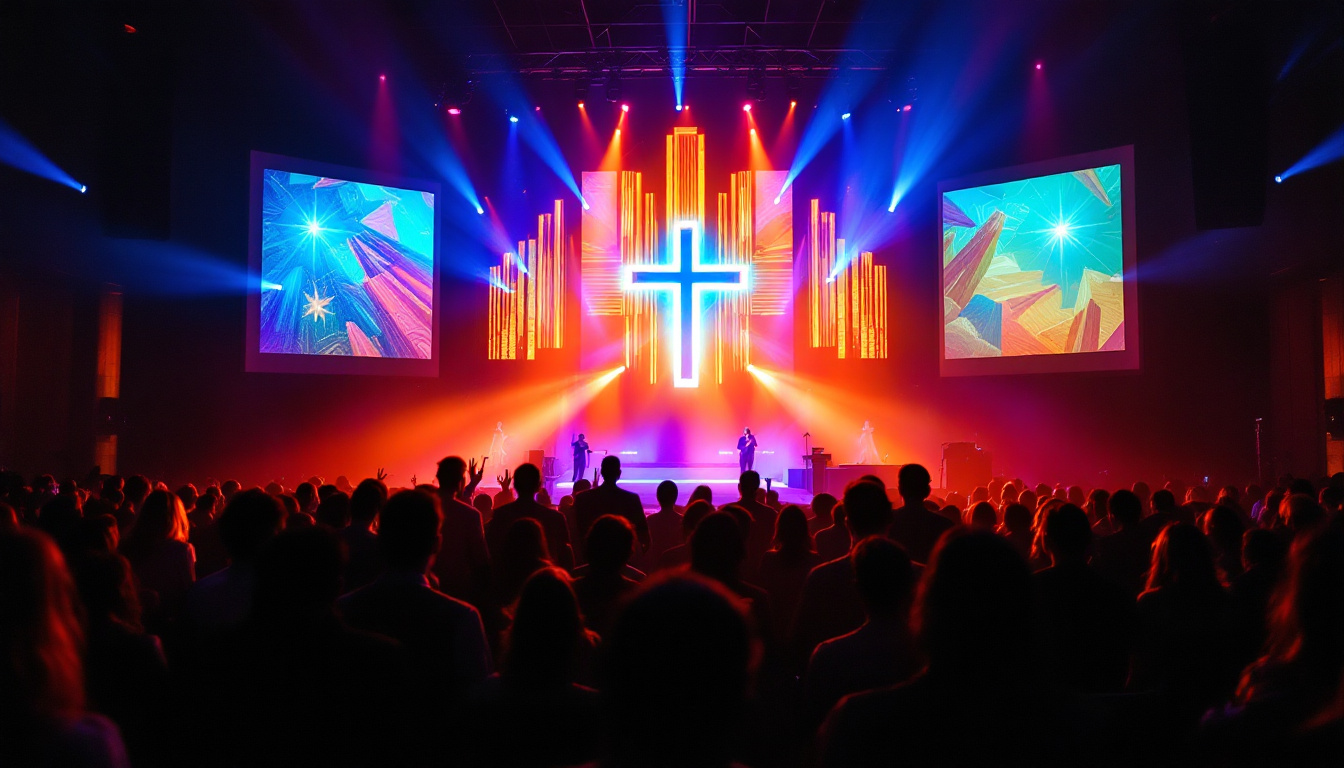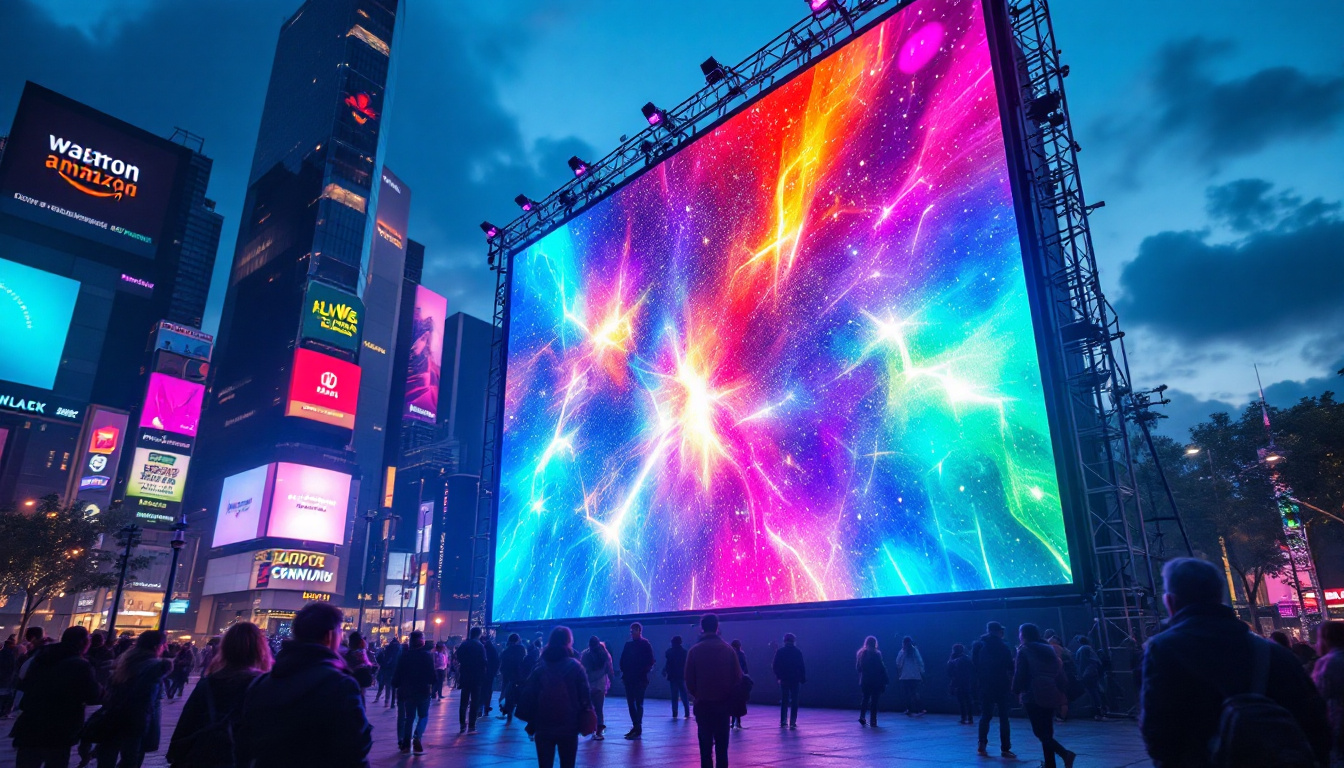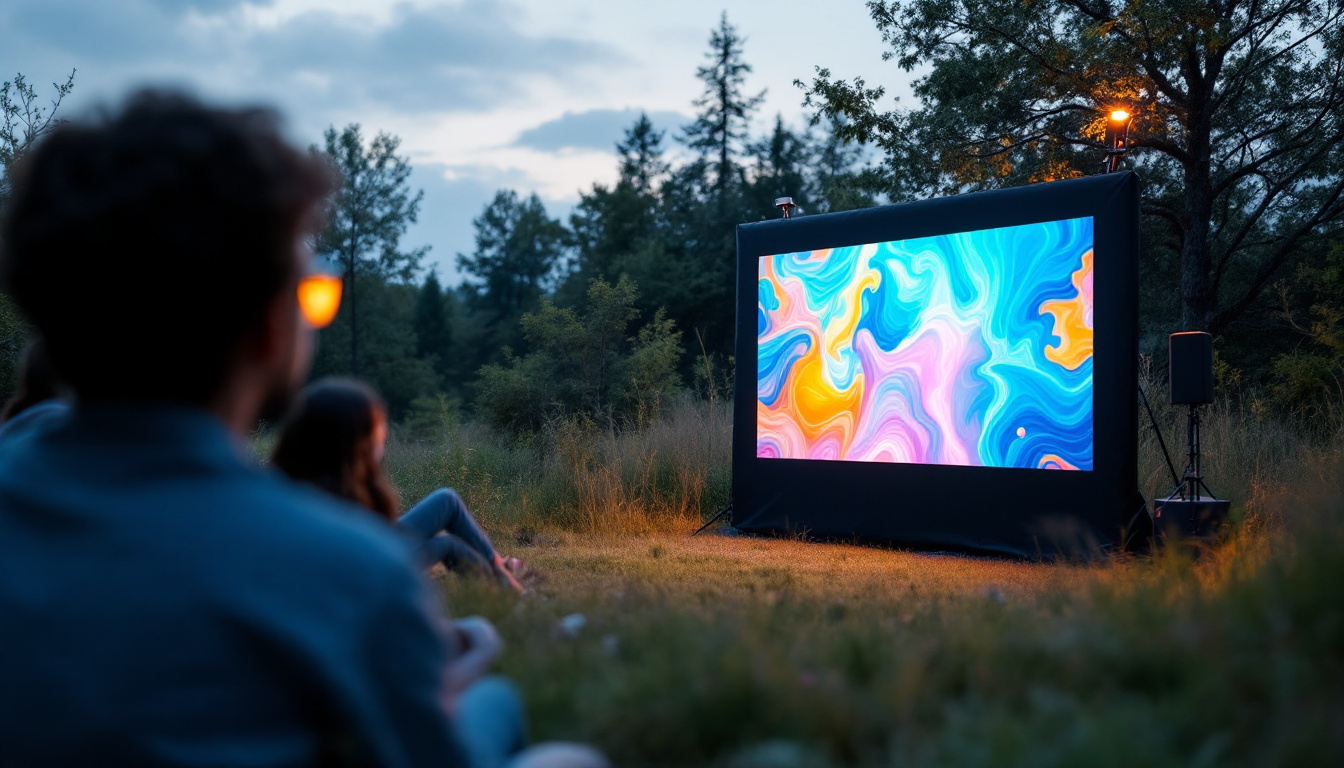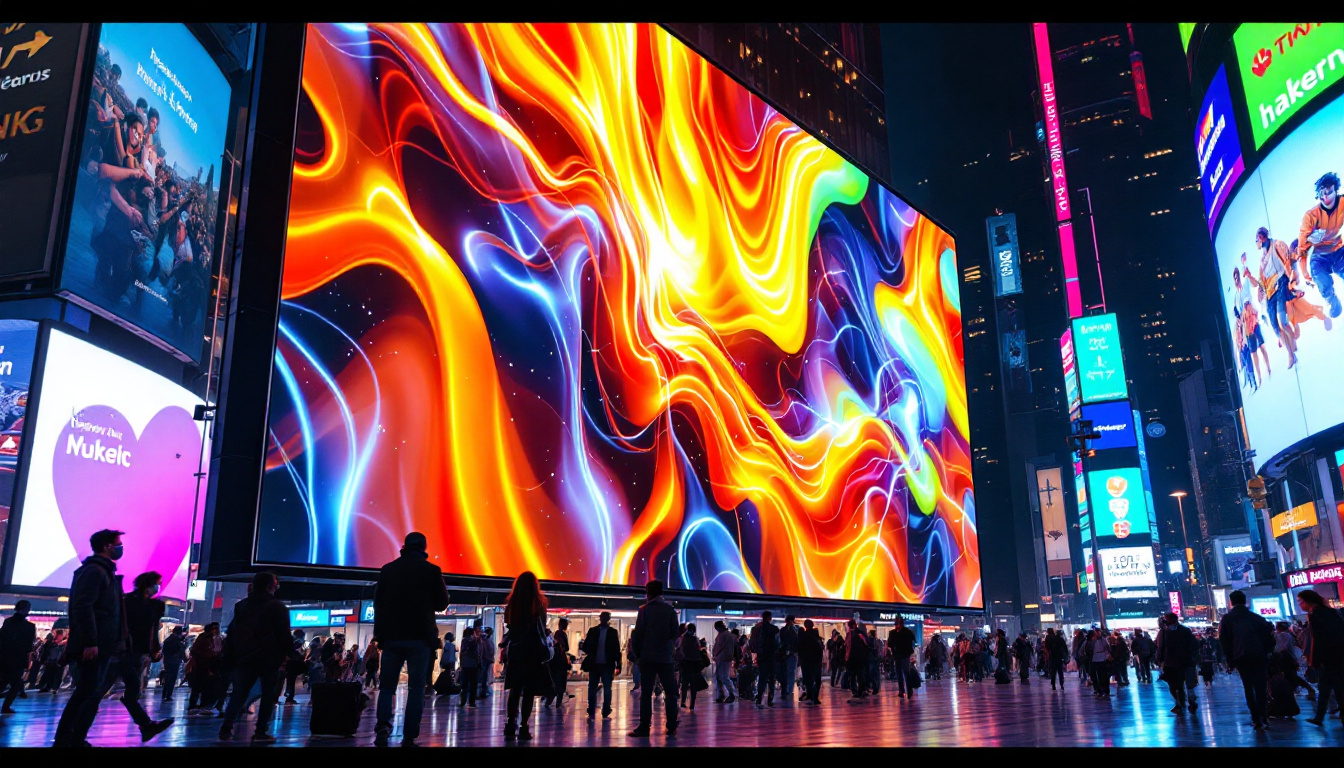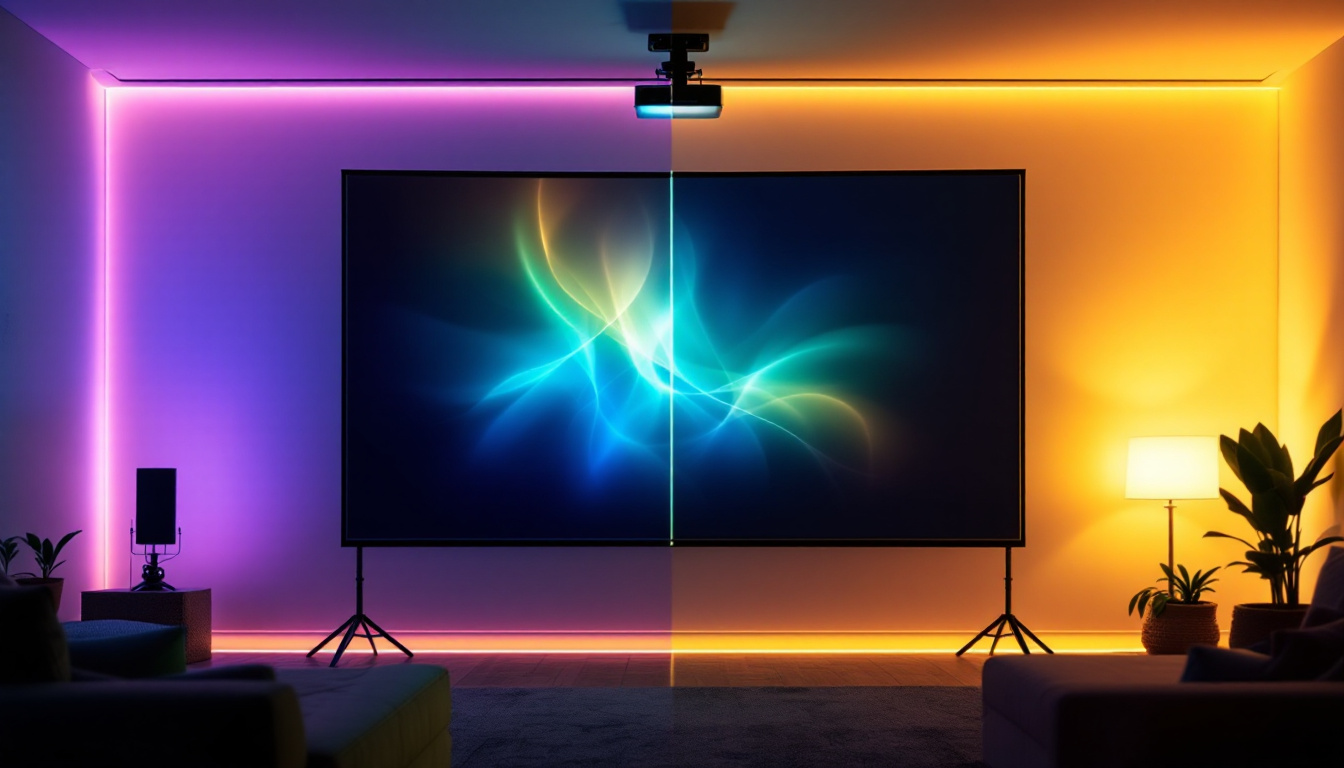In the modern age of worship, churches are increasingly adopting advanced technologies to enhance their services and engage their congregations. One such technology that has gained immense popularity is the LED display. These vibrant screens not only serve as a backdrop for worship but also play a crucial role in delivering messages, displaying lyrics, and creating an immersive environment. This article delves into the significance of LED displays in church settings, examining their benefits, types, installation considerations, and best practices for effective use.
The Importance of LED Displays in Worship
LED displays have transformed the way churches communicate and connect with their congregations. Their ability to present dynamic visuals and information in real-time makes them an invaluable tool for enhancing worship experiences.
Enhancing Visual Communication
One of the primary advantages of LED displays is their capacity to enhance visual communication. In a worship setting, visuals can significantly impact the congregation’s understanding and engagement. Lyrics to songs, sermon notes, and relevant scriptures can be displayed clearly, ensuring that everyone can participate fully in the service.
Moreover, the vibrant colors and high resolution of LED screens capture attention more effectively than traditional projection systems. This visual engagement can lead to a deeper emotional connection with the message being conveyed, ultimately enriching the worship experience. Furthermore, the flexibility of LED displays allows for the integration of multimedia elements such as video testimonials, live feeds, or even social media interactions, fostering a sense of community and shared experience among congregants. This multi-faceted approach not only enhances the service but also encourages participation from those who may feel shy or disconnected.
Creating an Immersive Worship Environment
LED displays can transform a simple worship space into an immersive environment. By using dynamic backgrounds, video clips, and animations, churches can create a more captivating atmosphere that resonates with congregants. This immersive experience can help individuals feel more connected to the service and to each other.
Additionally, LED displays can be used to set the mood for different parts of the service. For instance, calming visuals during prayer or uplifting graphics during praise songs can enhance the overall atmosphere, making the worship experience more impactful. The ability to change visuals in real-time also allows for spontaneous moments of worship, where the congregation can respond to the spirit of the service. This adaptability can be particularly powerful during special events or holidays, where thematic visuals can help convey the significance of the occasion, drawing everyone into a shared celebration of faith and community. By creating a visually stimulating environment, churches can foster a deeper sense of belonging and engagement among their members, ultimately strengthening the bonds within the congregation.
Types of LED Displays
When considering LED displays for a church, it’s essential to understand the various types available. Each type serves different purposes and comes with its unique set of features.
Indoor LED Displays
Indoor LED displays are designed for use within church buildings. They are typically used in sanctuaries, fellowship halls, and other indoor spaces. These displays offer high brightness and clarity, ensuring that visuals are visible even in well-lit environments.
Indoor LED screens can vary in size, allowing churches to choose a display that fits their specific needs. From small screens for intimate gatherings to large video walls for significant events, indoor LED displays provide flexibility in design and functionality. Furthermore, many indoor LED displays come equipped with advanced features such as touch interactivity, enabling congregants to engage more deeply with the content being presented. This can enhance the overall worship experience, making services more dynamic and interactive.
Outdoor LED Displays
Outdoor LED displays are built to withstand the elements, making them suitable for use in church exteriors. These displays are often used for announcements, event promotions, and live streaming services to the community. Their high brightness levels ensure visibility even in direct sunlight, making them an effective tool for outreach.
Moreover, outdoor LED displays can serve as a digital billboard, attracting passersby and inviting them to join services or community events. This capability can significantly enhance a church’s visibility and engagement within the local community. Additionally, many outdoor models are equipped with weatherproof casings and anti-glare technology, ensuring that the content remains clear and vibrant regardless of weather conditions. This durability means that churches can rely on these displays year-round, maximizing their investment and outreach potential.
Modular LED Displays
Modular LED displays offer a unique advantage in terms of flexibility and scalability. These displays consist of individual panels that can be arranged in various configurations to create customized screen sizes and shapes. This adaptability allows churches to design their display setups according to specific events or spatial constraints.
Additionally, modular displays can be easily expanded or reconfigured as the needs of the church evolve. This makes them a long-term investment, as they can grow alongside the church’s vision and requirements. For instance, during special events such as holiday services or community outreach programs, churches can expand their display to create a more immersive experience. Furthermore, the ability to create unique shapes can enhance visual storytelling, allowing for creative presentations that captivate the congregation and foster a deeper connection to the message being shared. The modular nature also facilitates easy maintenance and upgrades, ensuring that the church can keep pace with the latest technology and visual trends without needing a complete overhaul of their display system.
Installation Considerations
Installing an LED display in a church requires careful planning and consideration. The right installation can maximize the benefits of the technology and ensure a seamless integration into the worship environment.
Location and Visibility
Choosing the right location for the LED display is crucial. The screen should be positioned where it is easily visible to the entire congregation without obstructing views or disrupting the worship flow. Factors such as seating arrangements, stage design, and lighting conditions should be considered during this process.
Additionally, ensuring that the display is at an appropriate height and angle will enhance visibility. A well-placed LED screen can significantly improve engagement and participation during services.
Technical Requirements
Before installation, it’s essential to assess the technical requirements of the LED display. This includes power supply, connectivity, and compatibility with existing audio-visual equipment. Proper infrastructure must be in place to support the display, ensuring that it operates smoothly during services.
Furthermore, churches should consider the need for a dedicated control system to manage content displayed on the LED screen. This system should be user-friendly, allowing staff and volunteers to easily update and manage visuals as needed.
Professional Installation vs. DIY
When it comes to installation, churches have the option of hiring professionals or attempting a DIY approach. While professional installation can ensure that the display is set up correctly and safely, some churches may prefer a DIY method to save costs.
However, it’s essential to weigh the pros and cons of each approach. Professional installers bring expertise and experience, which can help avoid potential pitfalls. On the other hand, a DIY installation may require a significant time investment and a learning curve for volunteers.
Best Practices for Using LED Displays
Once an LED display is installed, utilizing it effectively is key to maximizing its benefits. Here are some best practices for churches to consider when using LED displays during services.
Content Planning
Effective content planning is vital for engaging the congregation. Churches should curate visuals that complement the service theme and enhance the overall message. This can include song lyrics, sermon notes, scripture passages, and announcements.
Additionally, incorporating multimedia elements such as videos or animations can make the content more dynamic and engaging. However, it’s essential to strike a balance; too much content can overwhelm congregants, while too little may fail to capture their attention.
Regular Maintenance
To ensure the longevity and performance of an LED display, regular maintenance is essential. This includes cleaning the screen, checking connections, and updating software as needed. Establishing a maintenance schedule can help prevent technical issues and keep the display functioning optimally.
Furthermore, churches should train staff and volunteers on basic troubleshooting techniques. This knowledge can empower them to address minor issues quickly, minimizing disruptions during services.
Engaging the Congregation
Engagement is key to a successful worship experience. Churches can utilize LED displays to encourage participation by displaying interactive elements such as polls, prayer requests, or live social media feeds. This fosters a sense of community and involvement among congregants.
Moreover, churches can leverage the display for special events, such as holiday services or community outreach programs. Highlighting these events on the LED screen can generate excitement and encourage attendance.
Conclusion
In conclusion, LED displays are a powerful tool for churches seeking to enhance their worship experiences. By improving visual communication, creating immersive environments, and engaging congregations, these displays can significantly impact the effectiveness of services.
Understanding the various types of LED displays, installation considerations, and best practices can help churches make informed decisions that align with their mission and vision. As technology continues to evolve, embracing these advancements can lead to more vibrant and engaging worship experiences for all.
Ultimately, the integration of LED displays into church settings represents a commitment to innovation and a desire to connect more deeply with congregants. By leveraging this technology, churches can create a welcoming and engaging environment that fosters spiritual growth and community connection.
Discover LumenMatrix LED Display Solutions
Ready to elevate your worship experience with cutting-edge LED technology? Look no further than LumenMatrix, a pioneer in LED display innovation. Our diverse range of solutions, including Indoor and Outdoor LED Wall Displays, Vehicle LED Displays, and Custom LED Displays, are designed to transform your church’s visual communication and create an unforgettable atmosphere for congregants. Embrace the future of worship and check out LumenMatrix LED Display Solutions today to bring your services to life.

